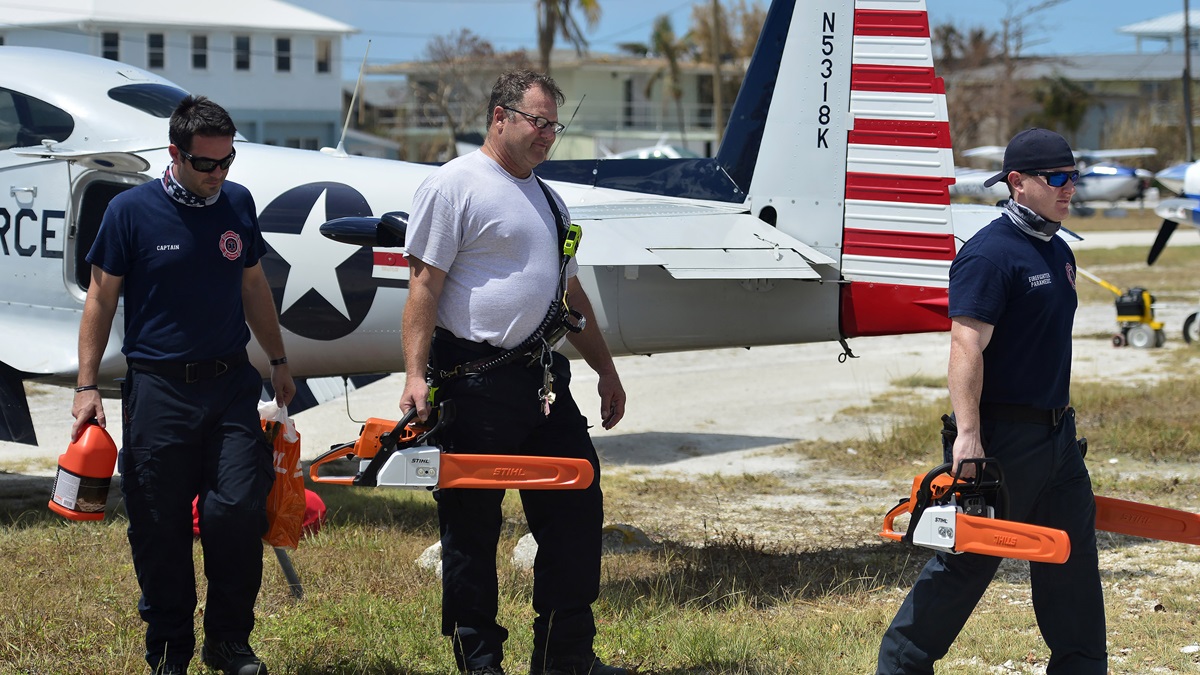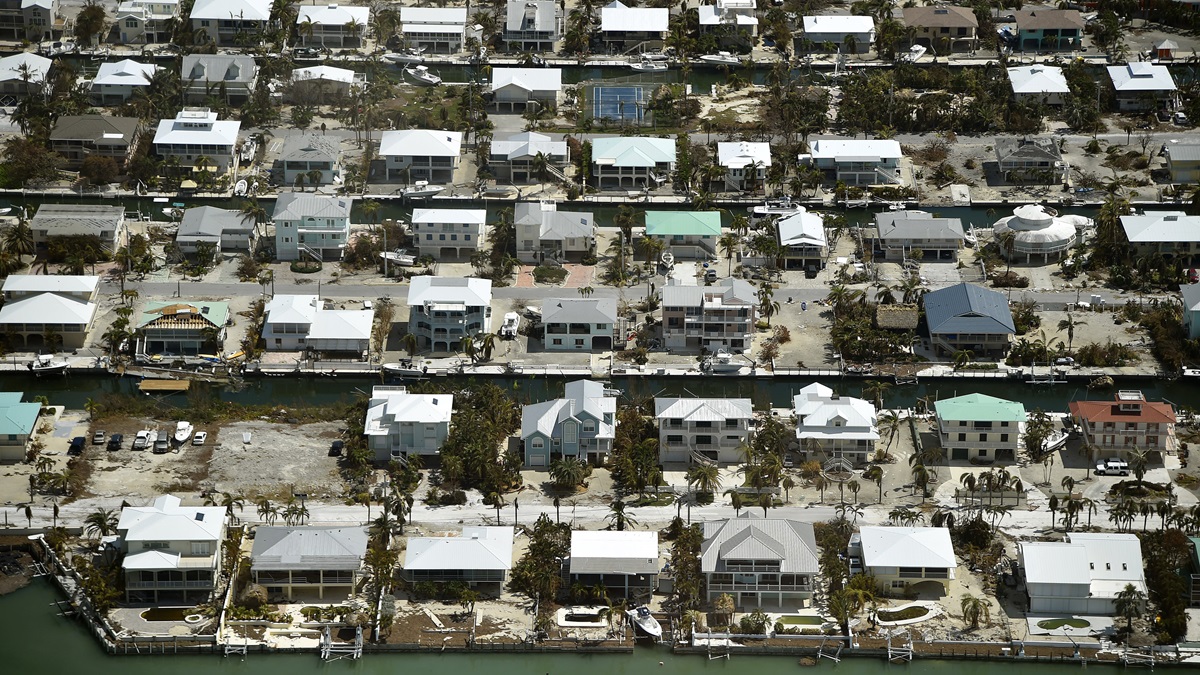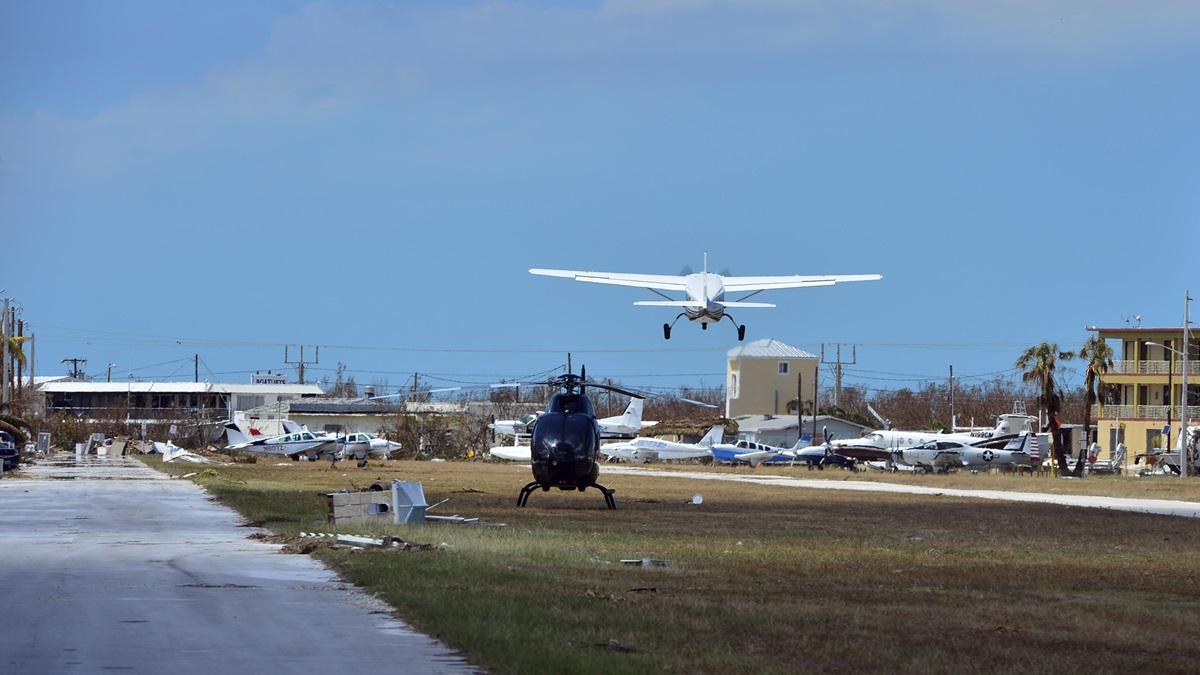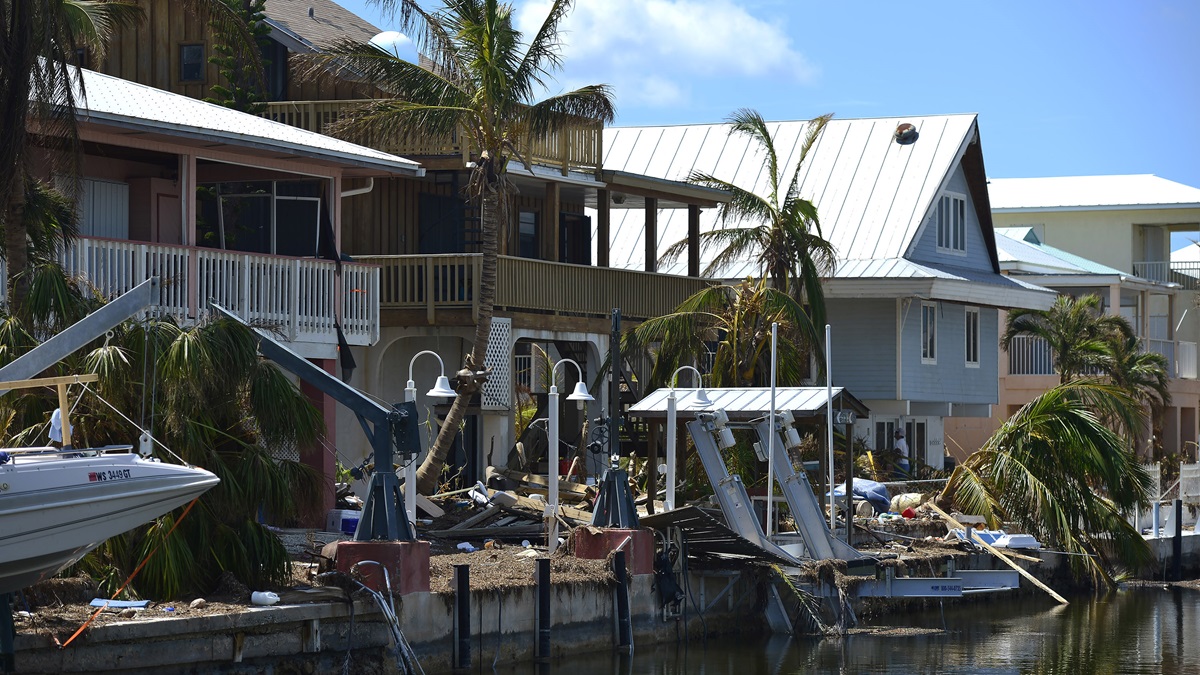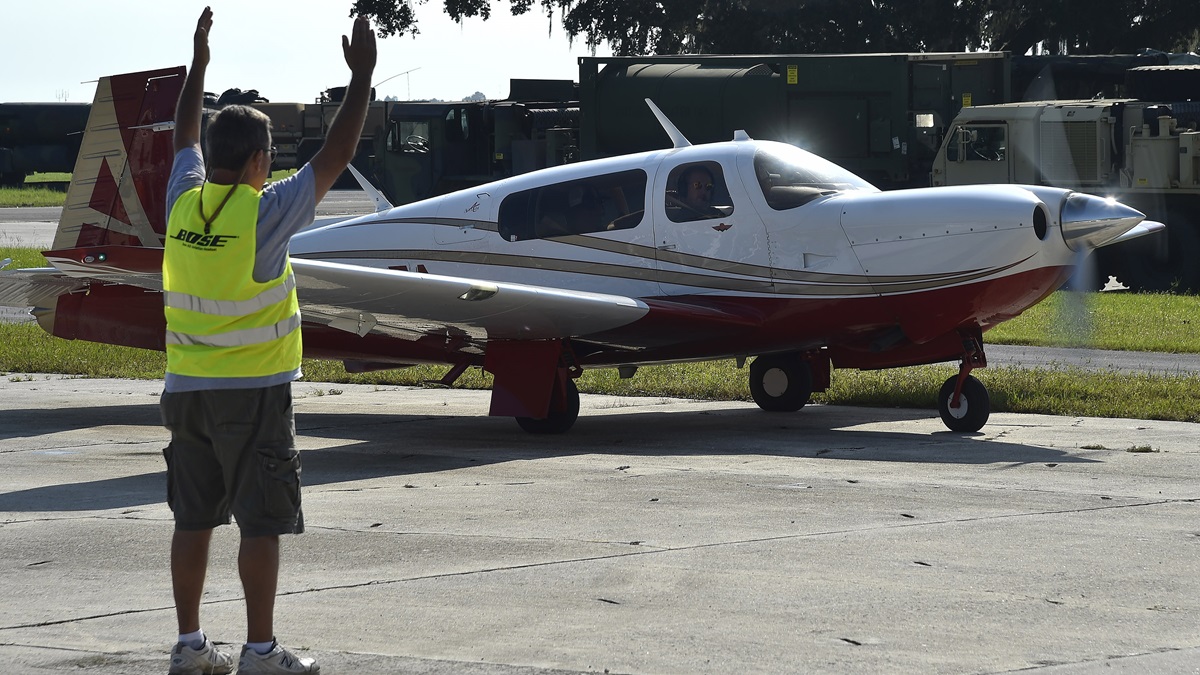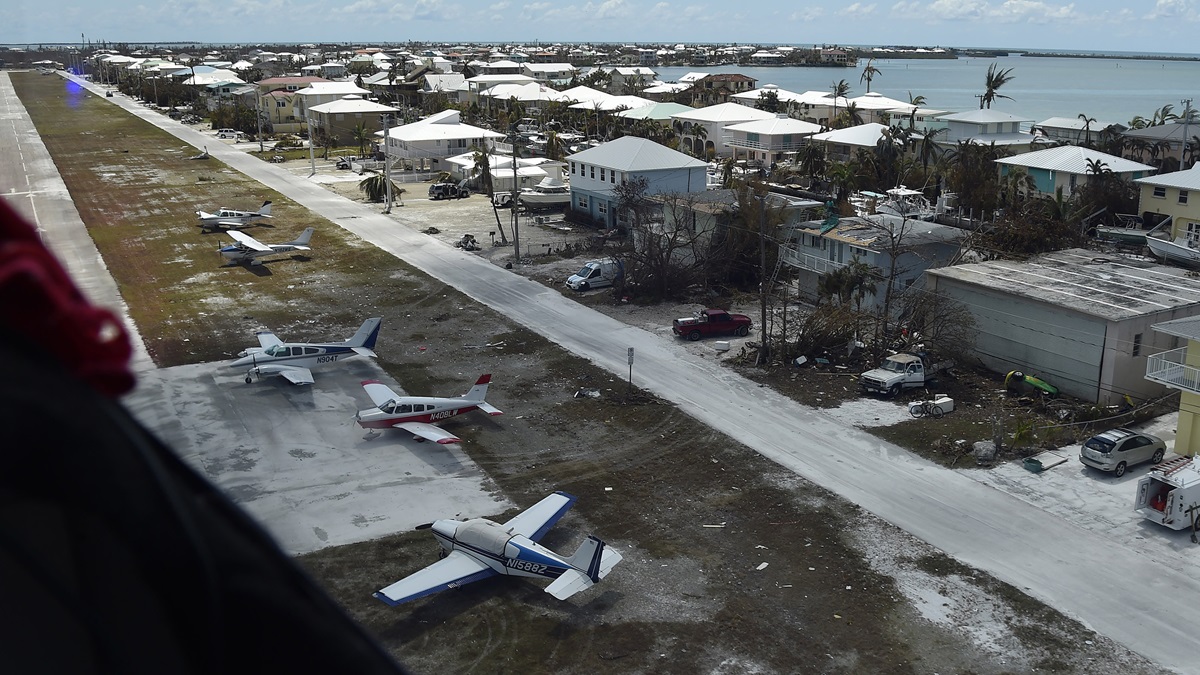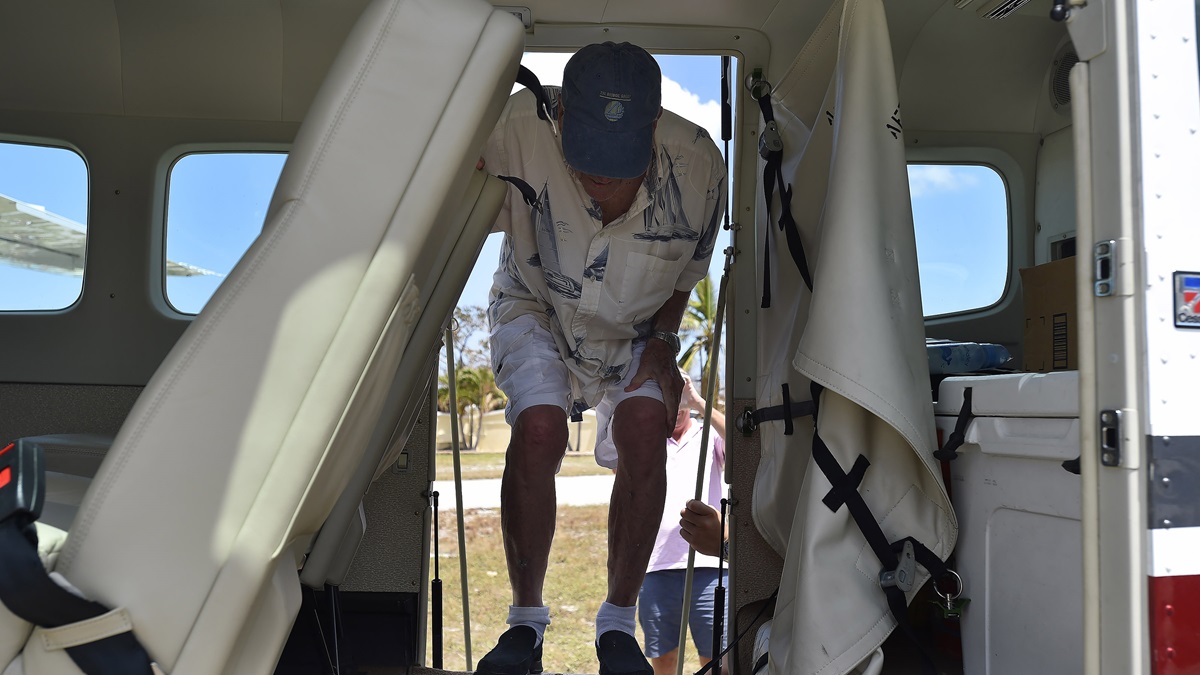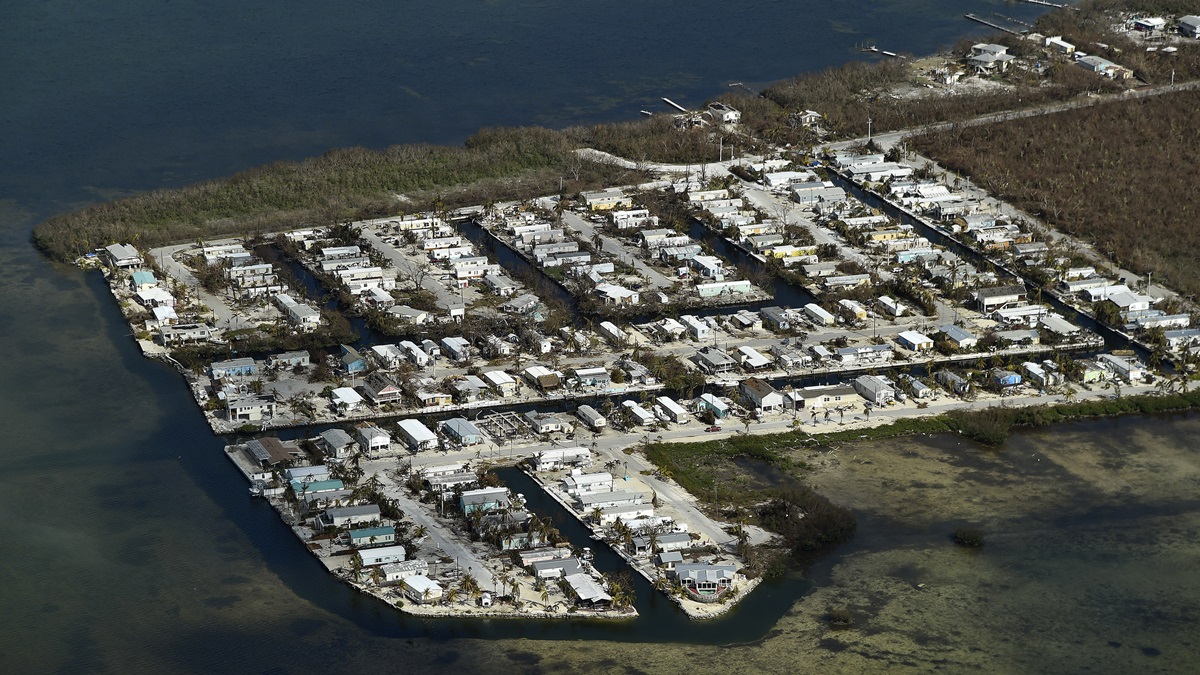Florida Keys airport plays major role in Irma relief
Summerland Key Cove airfield is ‘epicenter’ for supplies, information
A small airfield on a nearly forgotten Florida island played a key role in the relief efforts to thousands of residents displaced by the furious eye of Hurricane Irma. The Category Four storm made U.S. landfall Sept. 10 when it roared ashore just south of tiny Summerland Key Cove Airport, sweeping the Florida Keys and the rest of the state with an epic storm surge, ferocious winds, and torrential rain.
The narrow strip is 4 feet msl and tucked between modest rows of pastel houses. It normally serves an idyllic community of aviators and their guests enjoying refreshing breezes, crystal water, and relaxing island life. After Hurricane Irma unleashed its fury on the necklace of Florida Keys islands, the situation on Summerland Key was anything but typical.
Nearly a week after Hurricane Irma’s U.S. landfall, chaos prevailed over most of the island chain connected to the U.S. mainland by a narrow roadway, a handful of GA airports, and little else. Power, water, and communication services to the Keys were still cut off; evacuated residents seeking a look at their destroyed property weren’t officially allowed in; and a dusk-to-dawn curfew was in effect.
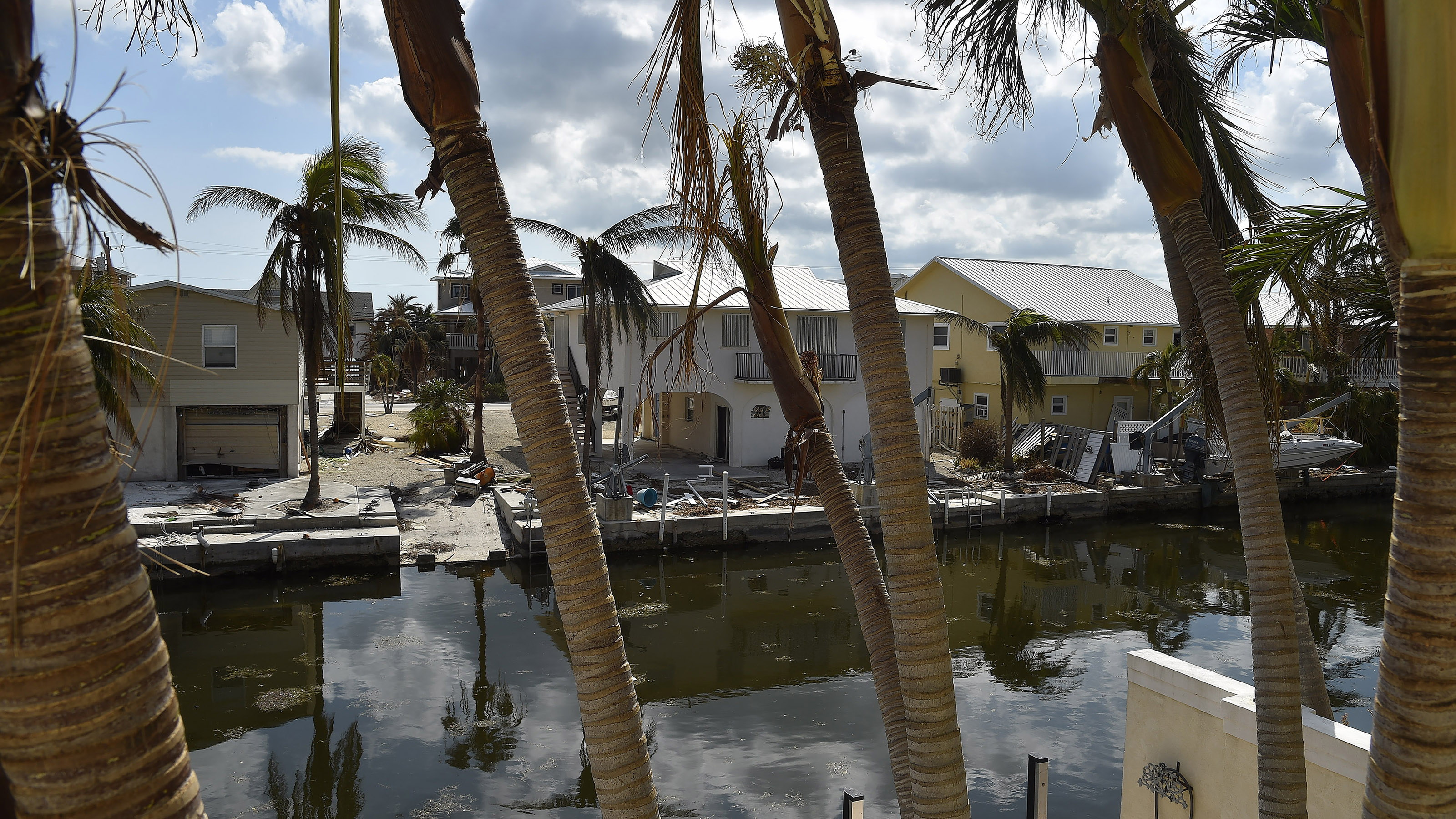
Cafone said first responders would use the chain saws to cut a swath through downed power poles and other debris to look for unaccounted-for residents and to make way for personnel to restore services and infrastructure.
An air force of GA compassion flights deployed from Lakeland and Miami Homestead General Airport in Homestead to Summerland, where two homes straddling the runway were pressed into use as supply and information points for the displaced residents who had not seen federal relief officials almost a week after the storm crashed into the state.
A Bonanza owner’s home was stripped of its roof, shutters, and lush landscaping; a Cessna 182’s tail was crushed against a hangar-home; and an automobile lay submerged on its back in a nearby waterway near boats that were stacked like lumber and crushed by debris.
The stench of rotting food and bait from upturned refrigerators and freezers filled the air; piles of debris were stacked alongside the ramp; and residents who couldn’t—or didn’t—evacuate were stranded without food, water, or shelter.
“These people need food and water—now,” emphasized Drew Norman, a volunteer who previously helped with Hurricane Harvey relief efforts in Houston. Tensions rose as a handful of elderly Keys residents waited in nearly 100-degree-Fahrenheit heat to be evacuated from the destroyed landscape by a Cessna Caravan.
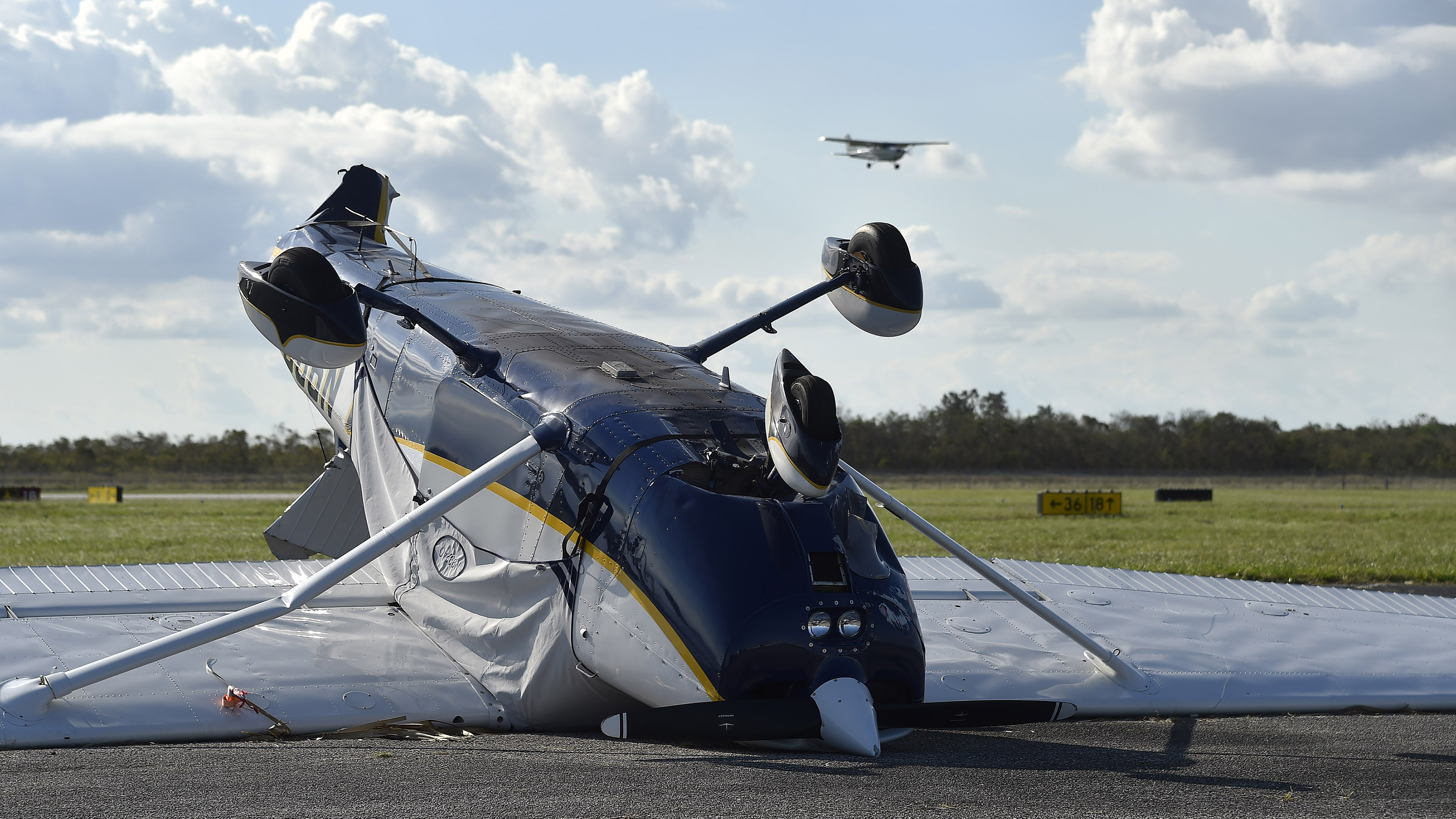
So powerful was the storm that a Cessna lay eerily flipped on its back at Homestead, 30 minutes north of the Keys via a typical GA aircraft flight. Hurricane Irma’s 100-mph winds whipped Lakeland, the site of the annual Sun 'n Fun International Fly-In and Expo, a full hour-and-a-half flight north of the Keys, toppling trees like dominoes as the storm swept north. The National Oceanic and Atmospheric Administration’s “Hurricane Hunter” aircraft, which pierced the eyewall multiple times to relay data, had based their operations at the central Florida airfield and escaped major damage.
Mooney Acclaim pilot, Florida Keys resident, and broadband service provider Jordan Smith loaded his single-engine aircraft with sleeping bags, cleanup supplies, and baby necessities at the Lakeland emergency distribution center and then flew them to Marathon, which according to local pilots was barely operational. He then drove a cherry picker line truck with two fellow technicians to Summerland to restore Wi-Fi service to the airport’s forward supply center. “I’m doing this because I don’t have a home to go to and it’ll be a month before I have power,” noted Smith.

Smith said he would restore Wi-Fi and internet first to hospitals and emergency operations centers, followed by businesses and residential areas. Earlier in the week he evacuated four residents including an 89-year-old “who had lost 14 pounds” waiting for help.
Robert “Bob” Raskey, a United Airlines captain who acts as the carrier’s employee relief director, was on the scene at Summerland Key shortly after he confirmed that several thousand United employees living in south Florida were safe.
“We’ve always been Monroe County’s secondary operations location,” explained Raskey, an avid GA pilot and aircraft owner who is also an advisor with AOPA’s high school curriculum effort. “It’s interesting that a little GA airport in the middle of nowhere turned into an epicenter for search and rescue and critical humanitarian supplies,” he added. “It goes to show the world how a little airport can make a huge difference.”
Raskey helped coordinate the delivery of generators, infant necessities, cleaning items, bottled water, and sports drinks. He said Summerland Key airport served as a search-and-rescue center as first responders fanned out north toward Big Pine Key to look for a missing 31-year-old woman. He assisted special operations teams, which used night vision gear to locate the woman unharmed. “But we’re still in a state of emergency,” he noted.
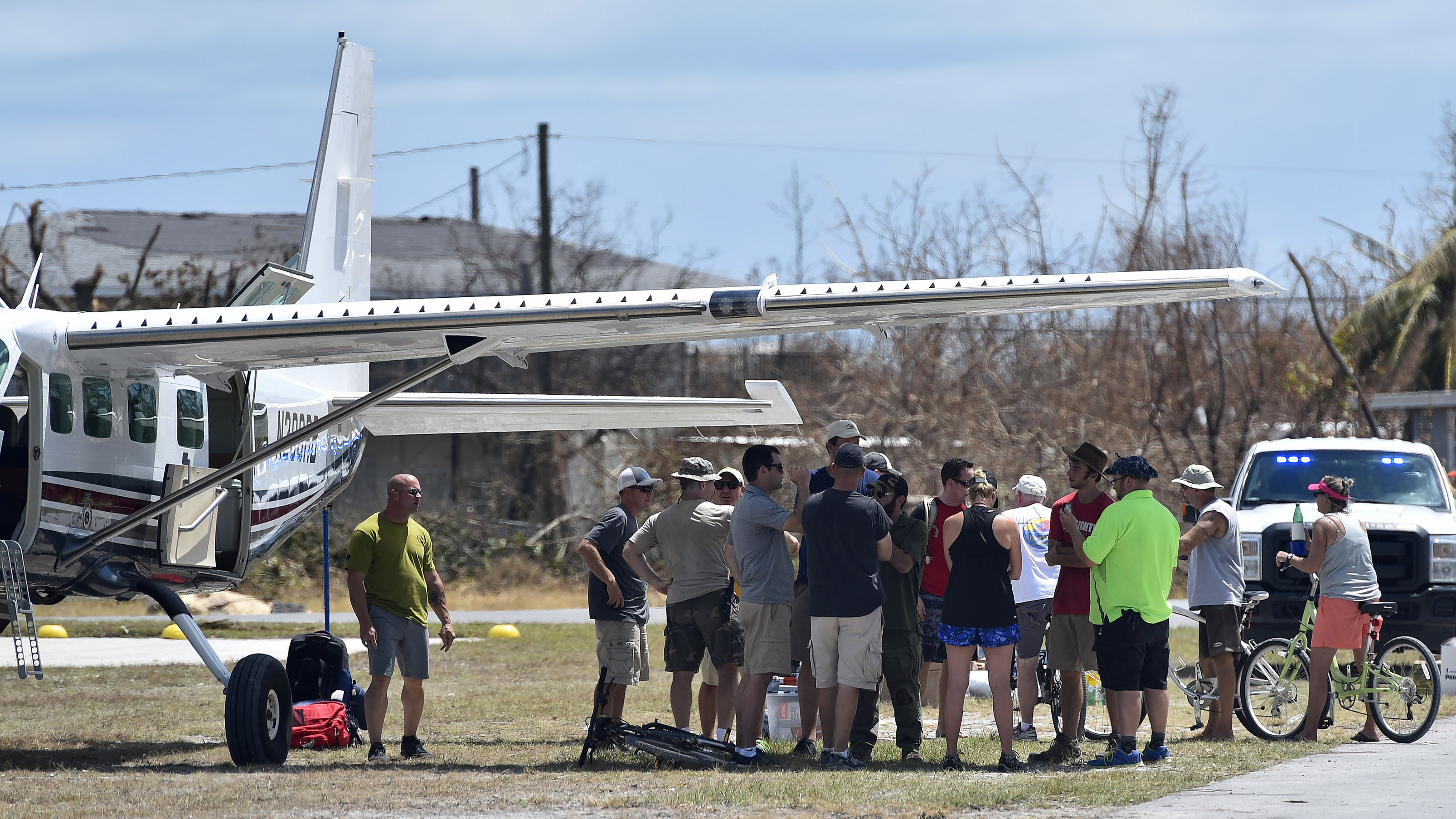
All day long under the hot Florida sun, heavily laden aircraft disgorged their supplies at the tiny strip. One by one, pilots took off again and again from Runway 12 headed north with passengers in a relief effort that was reminiscent of a coordinated military operation.
“This is awesome,” said Monroe County, Florida, Sheriff’s Deputy Ken Fricke, a Big Pine Key resident supervising the process from the makeshift supply depot. He was also a victim of the storm when Hurricane Irma attacked his house and his family. “My roof lifted off but I’ll be alright,” he said. “When we saw our house we said, ‘Oh my God,’ and then we looked around at what others lost and said to each other, ‘Hey, we’re not so bad off’ compared to neighbors and relatives who lost it all.”
Pilots who are considering participating in disaster relief flights are encouraged to take the AOPA Air Safety Institute's Public Benefit Flying: Balancing Safety and Compassion online course.
